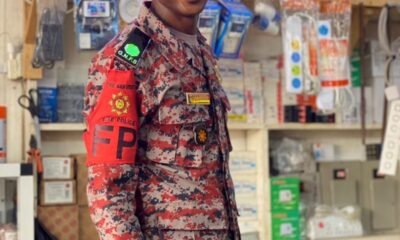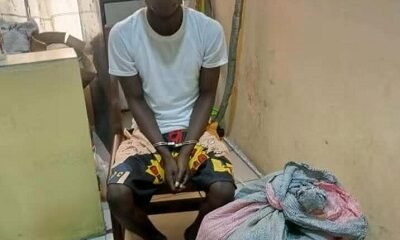Fashion
Captivating collections, exquisite designs at ATU fashion show

The fashion department of the Accra Technical University (ATU) has held its annual fashion show and exhibition for final-year students of the school.
The event, held under the theme, “Thinking Global, Wearing Local: Propelling the Wheels of Creativity through Fashion,” featured a rich display of textiles created by the students and fashion students who showed their creativity with some outstanding designs.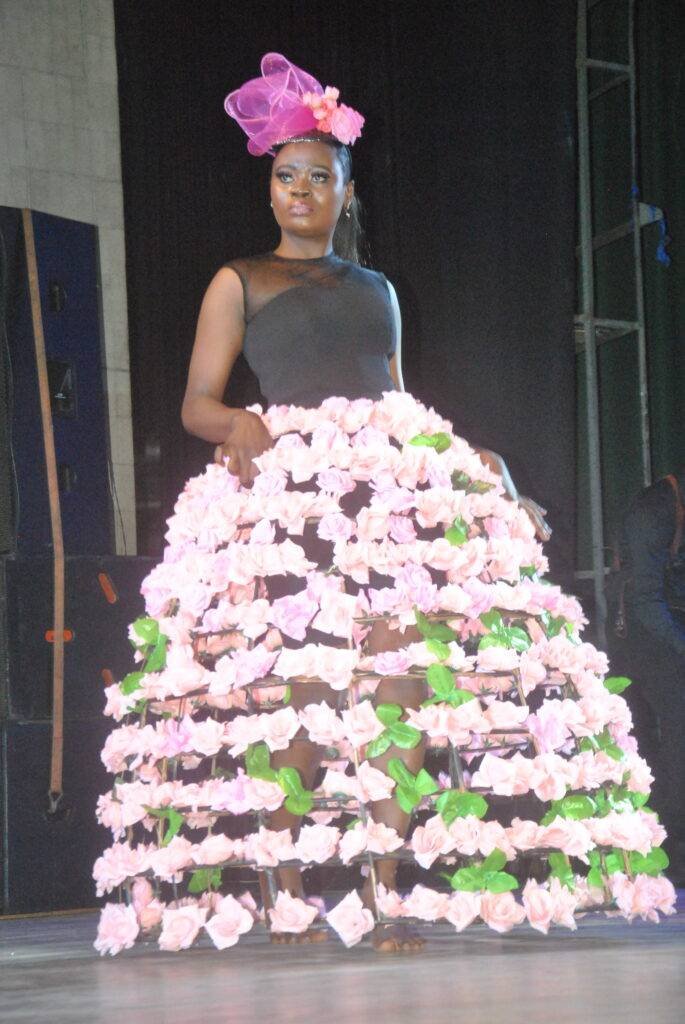
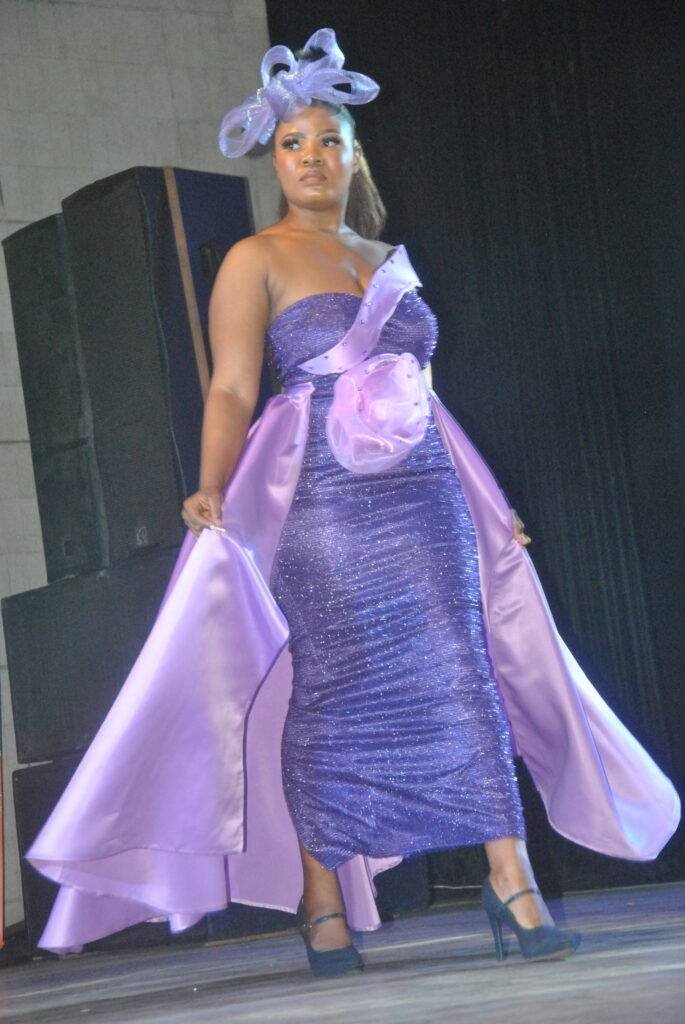
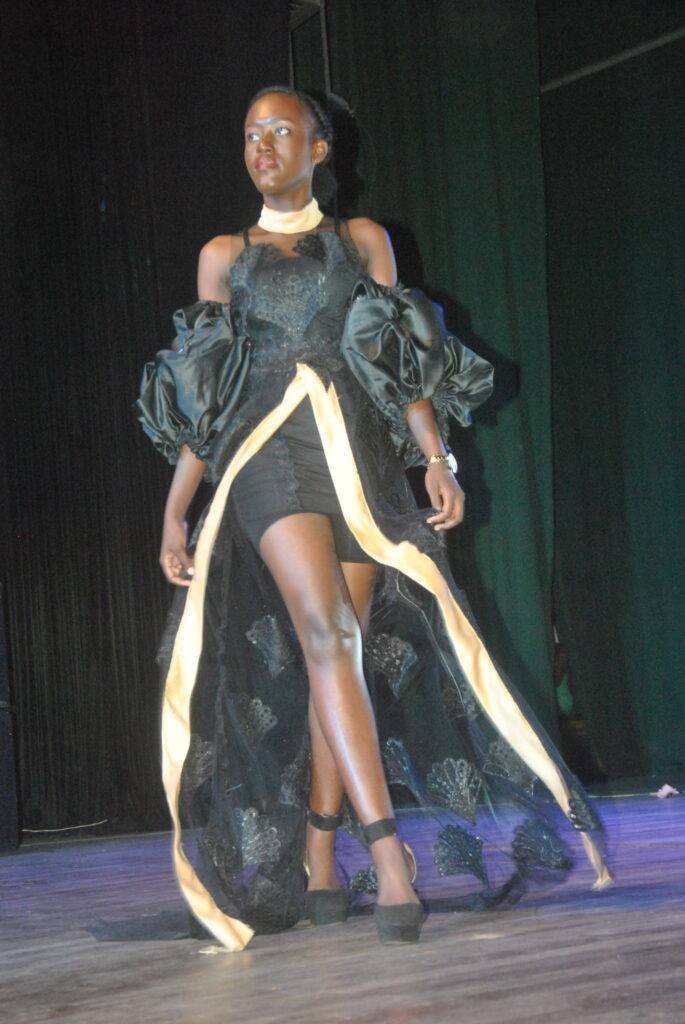
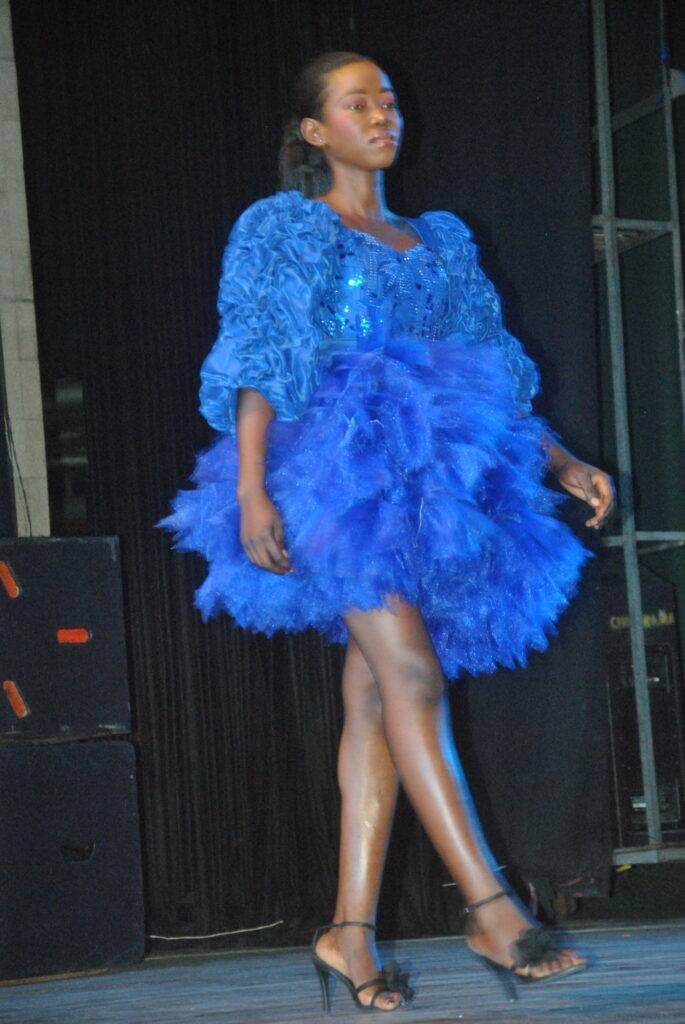
From casual, formal and dinner wears crafted with African fabrics and accessories, patrons were mes-merised by the ingenuity and captivating collections of the students.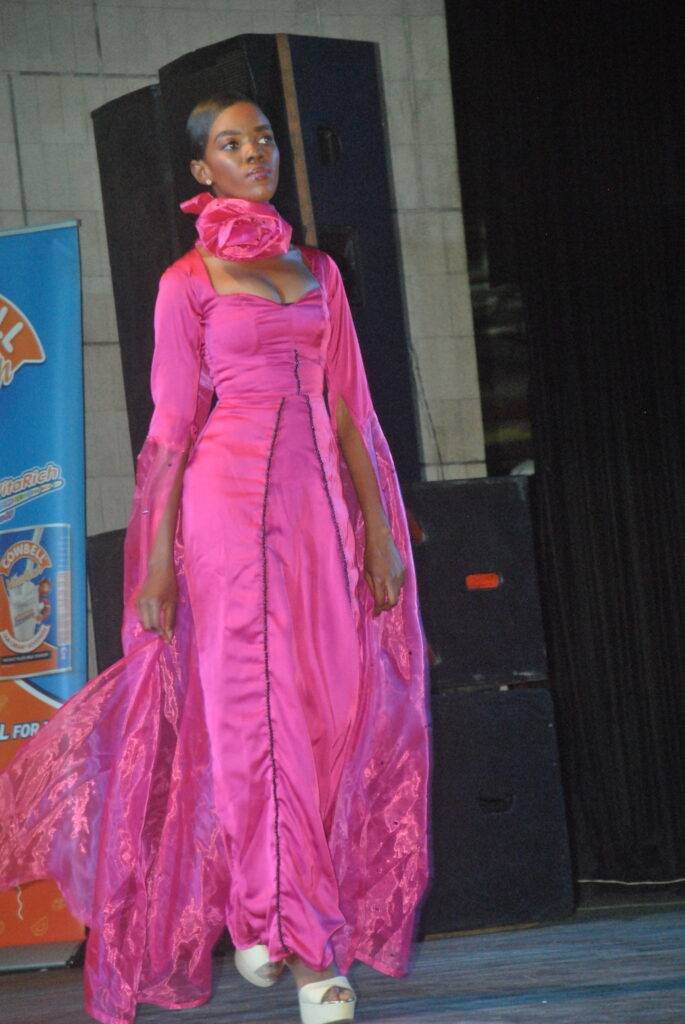
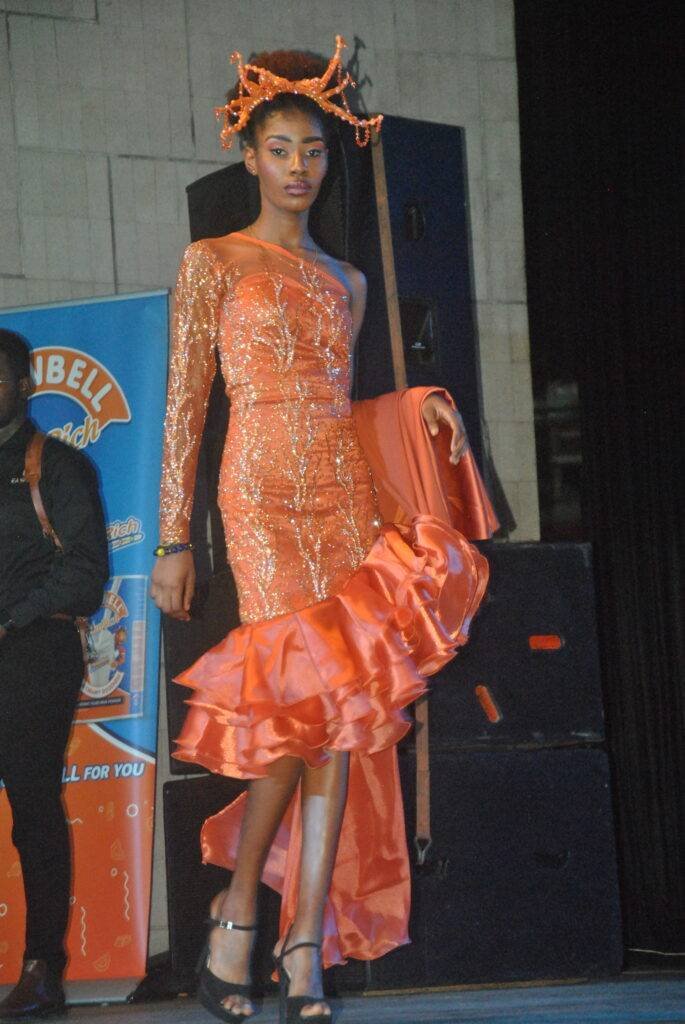
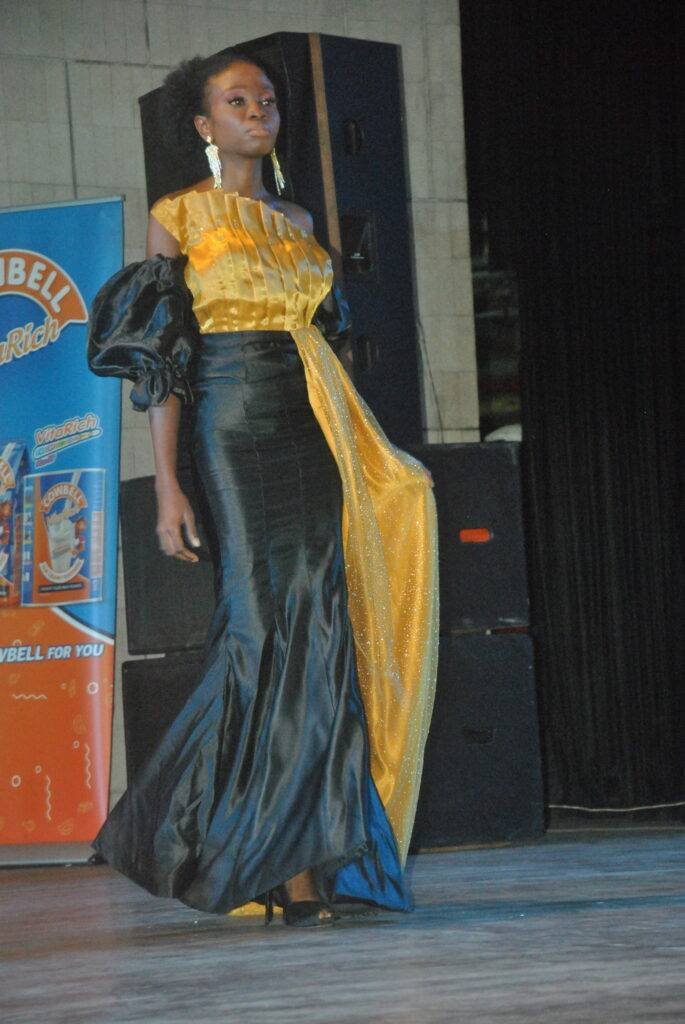
Addressing guests at the exhibition show held on Thursday, August 17, the Ag. Vice Chancellor and Pro Vice Chancellor of ATU, Prof. Amevi Acakpovi, expressed his admiration for the works of the over 300 students who graduated from the fashion department.

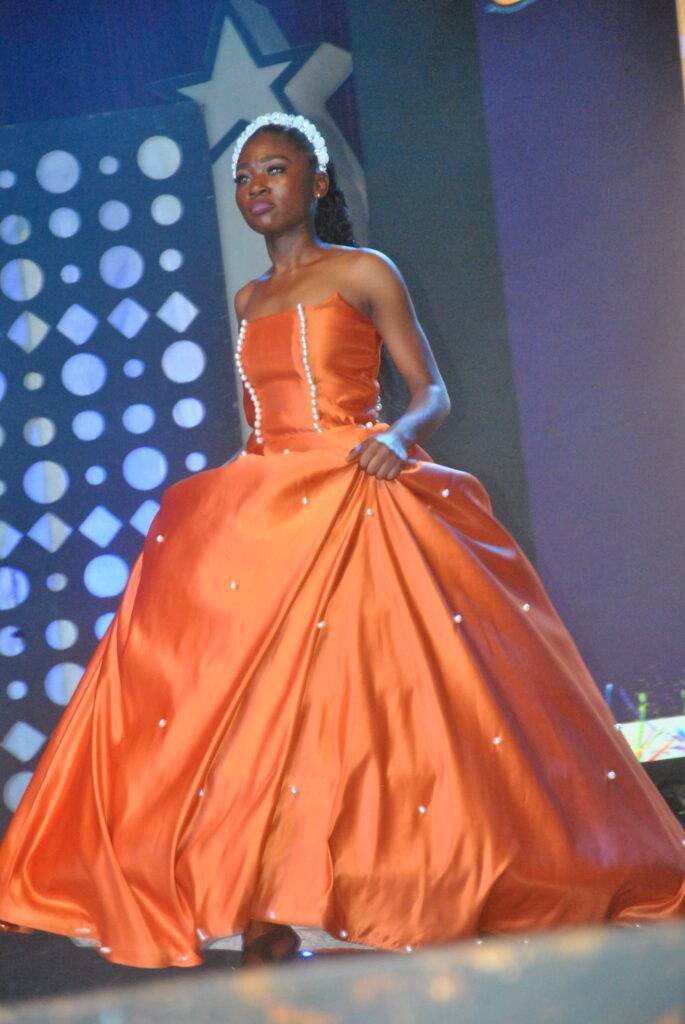
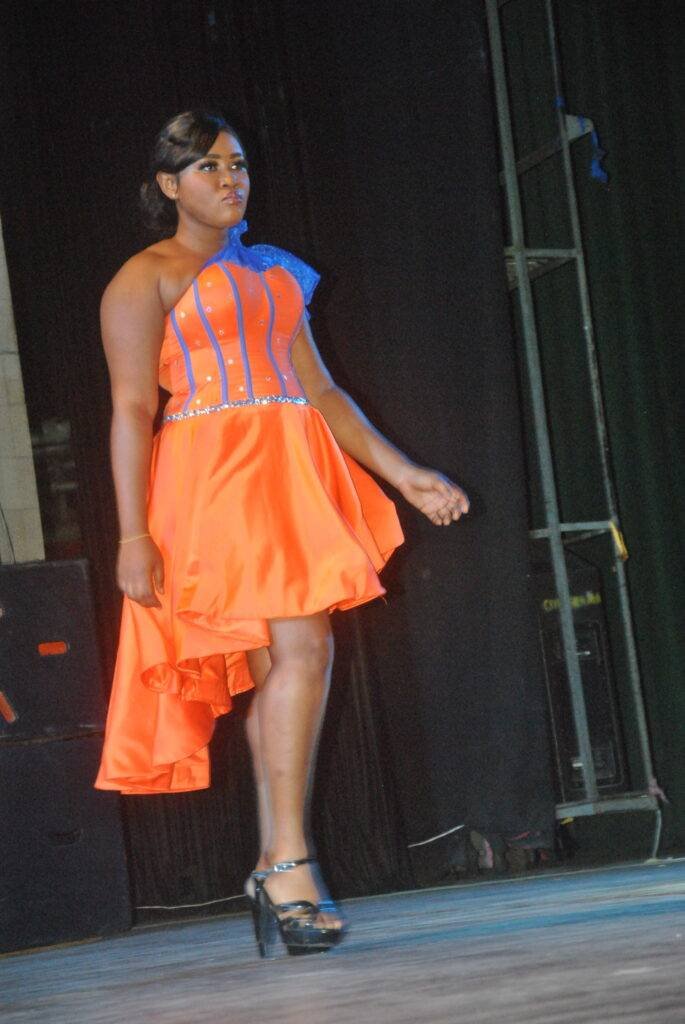

“We’re delighted to witness the exhibition. We’ve seen some great innovations and dynamism with designs. The students demonstrated ability, creativity, and innovation and brought life into fabrics and African accessories.”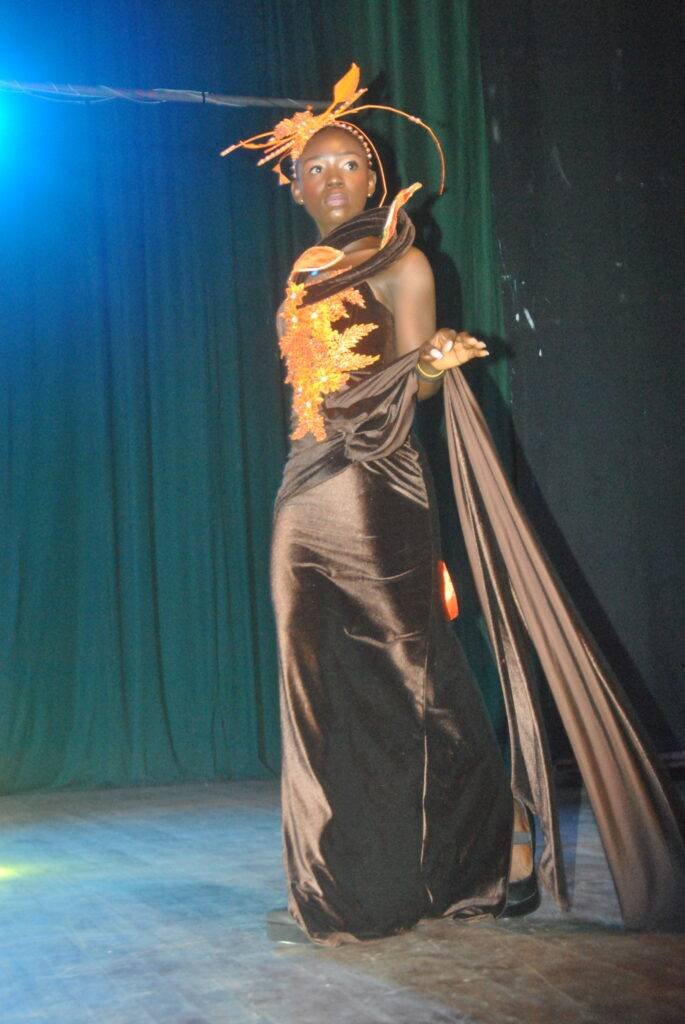
“Our students have displayed a high level of skill. It will make them very competitive in the industry. We urge them to continue to innovate and create a lot of jobs and employ others,” he said.
The event was climaxed with a fashion show on Friday, August 18 at the National Theatre where models took to the runway to display works of the students.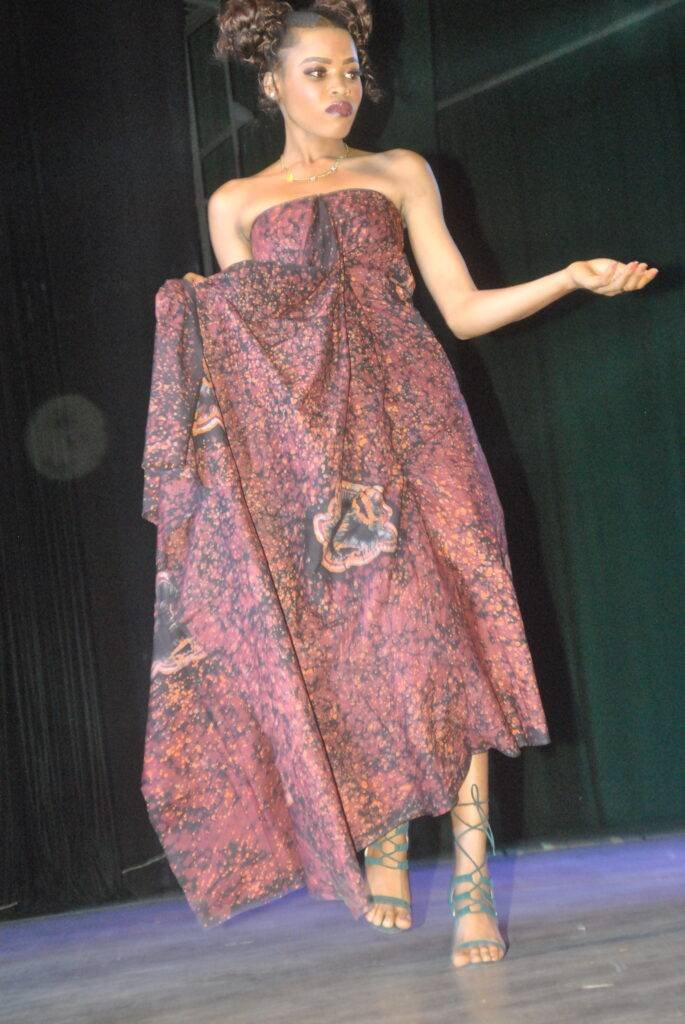
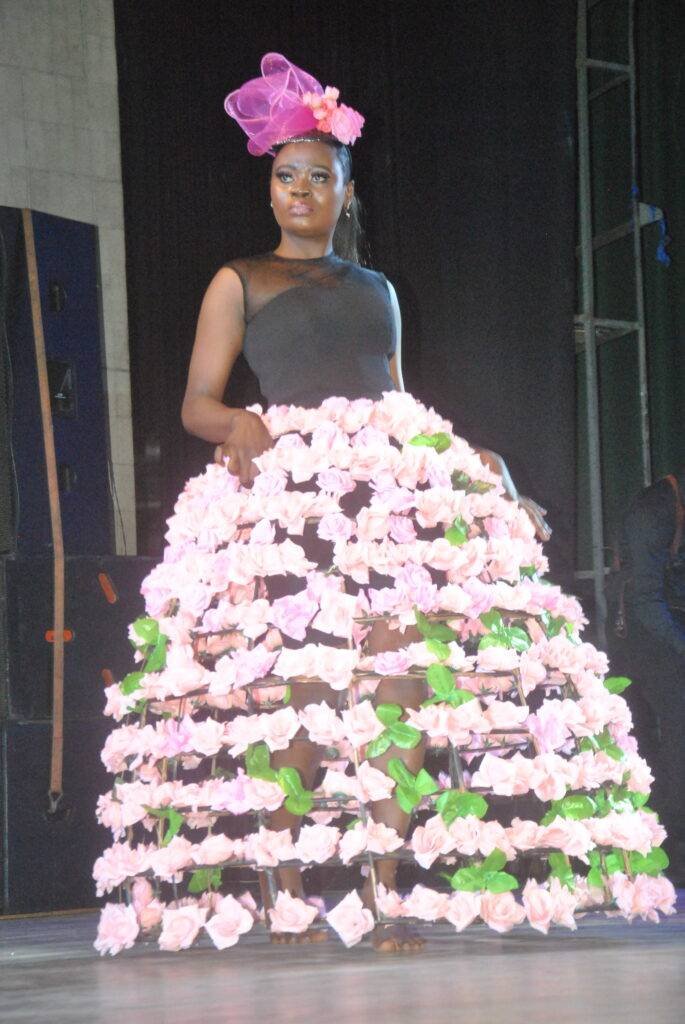
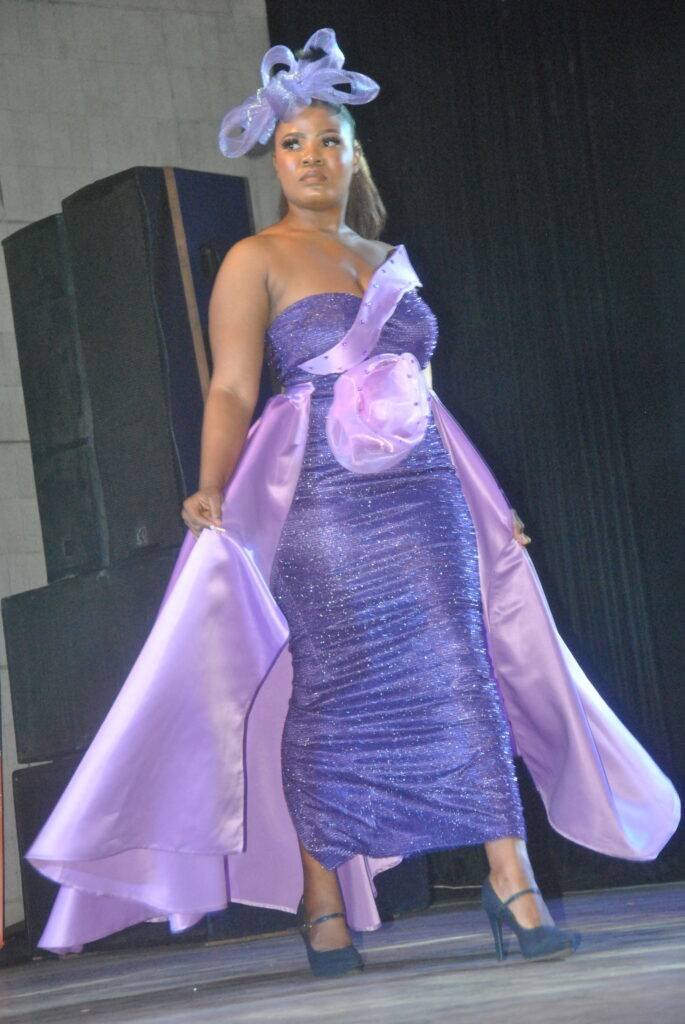
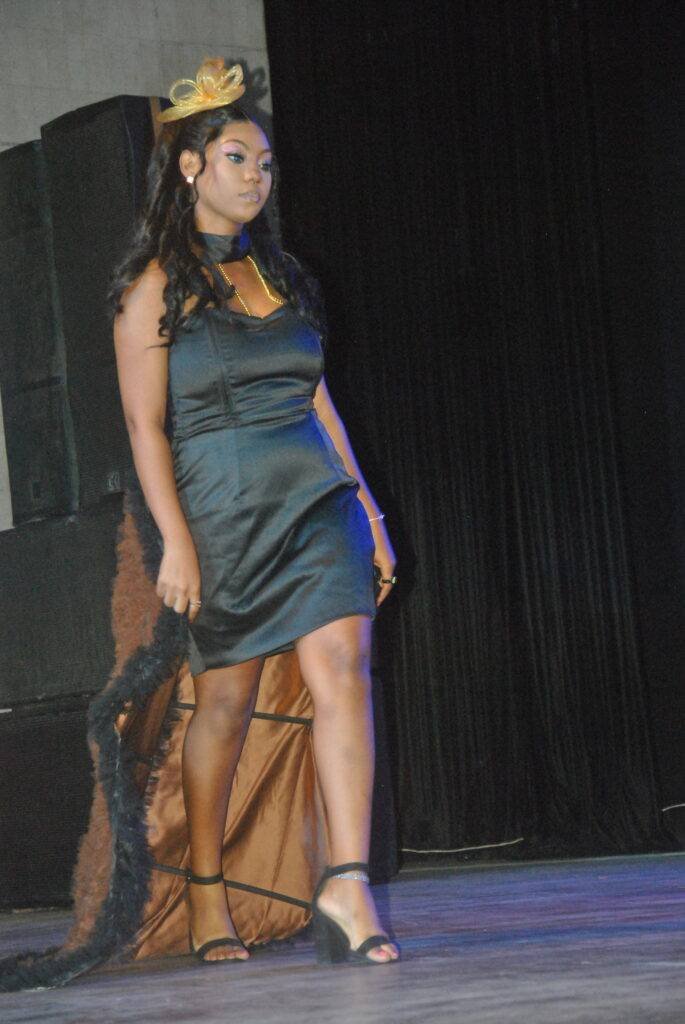
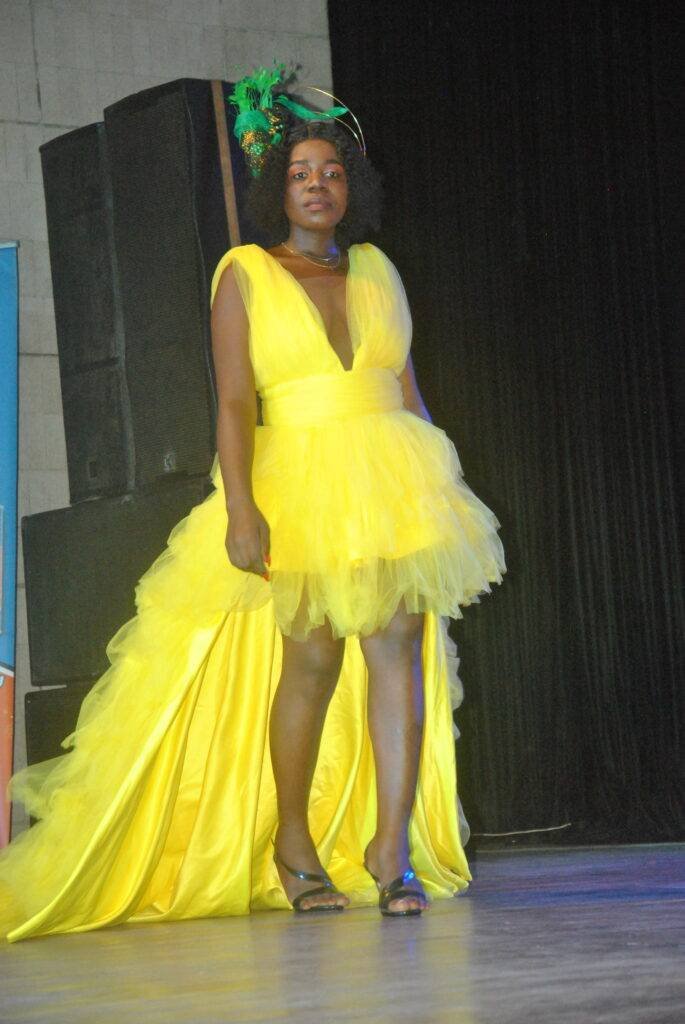
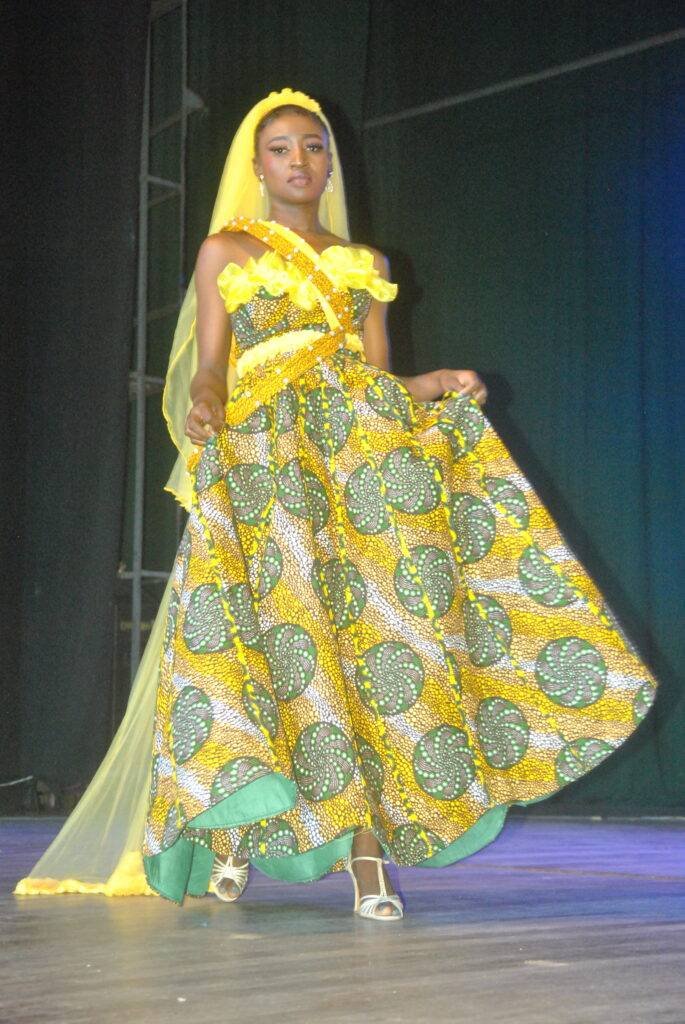
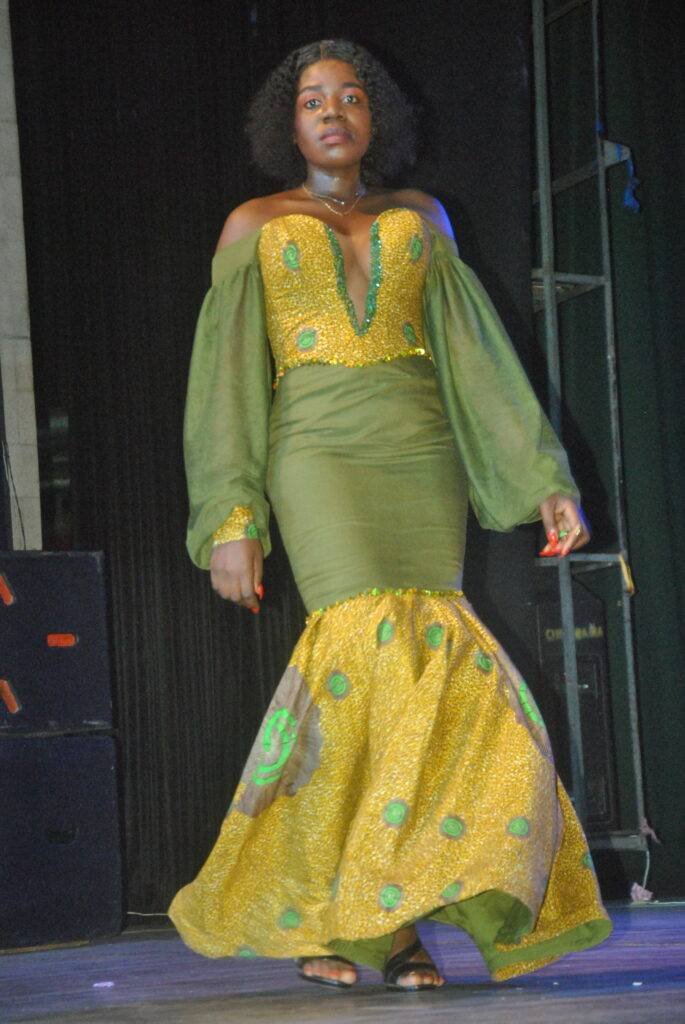
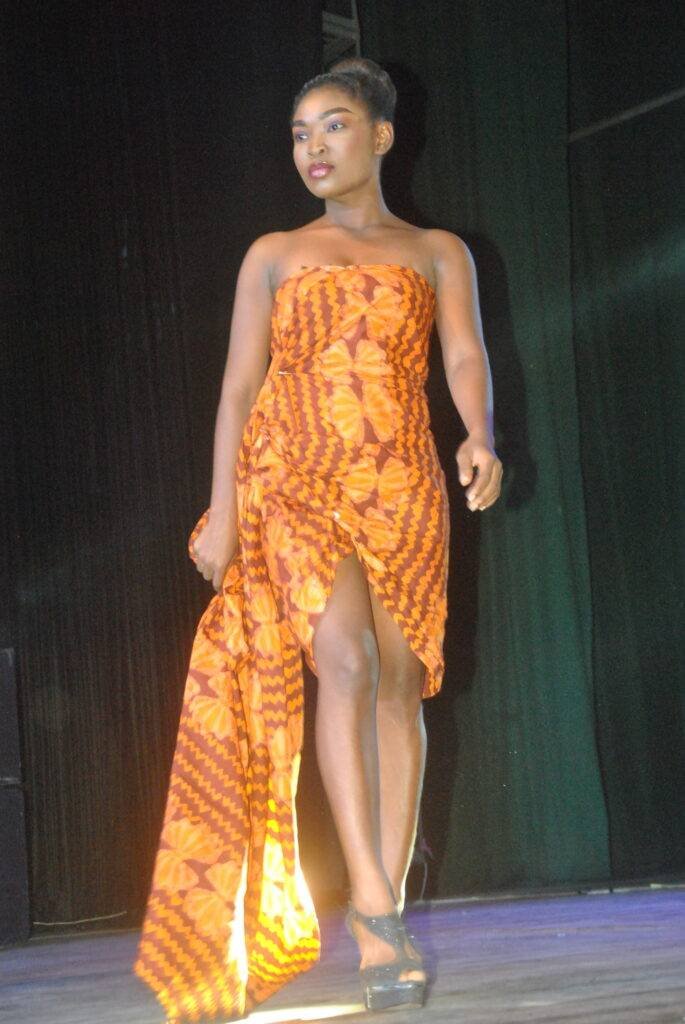
One after the other, the models mesmerised patrons and students with various designs reflecting their unique artistic vision and impressions from the students with the fabrics.
In a keynote address at the fashion show, the Pro Vice Chancellor of the University of Professional Stud-ies (UPSA), Dr John Kwaku Mensah Mawutor, called for collaboration between tertiary institutions in the country to develop the fashion industry.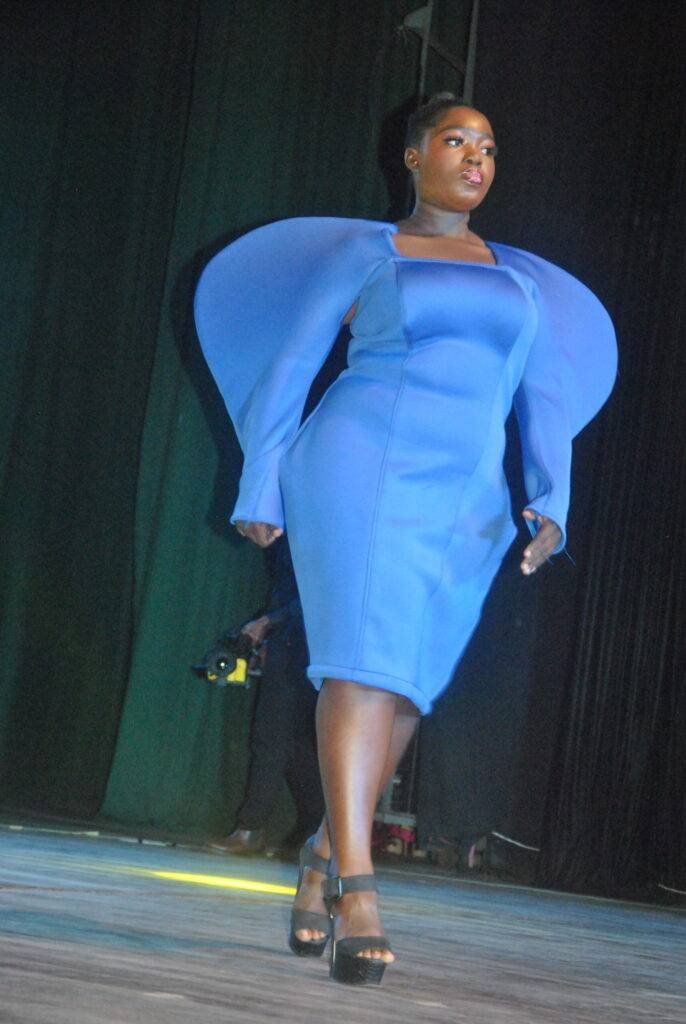
He called on the govern¬ment and the private sector to commit resources into the fashion industry to promote job-creation.
“Most developed countries are taking this creativity of the younger population to boost their economies and Ghana can do same by investing in the fashion industry,” he stated.
He urged students to take advantage of opportunities for startups by the gov¬ernment to expand their businesses.
One of the final-year students who spoke to The Specta¬tor, Felicia Abubakar, expressed delight at the exploits shown, adding that, “this is an indication that we’re ready for the industry.”
“I have learnt a lot and can confidently say that I’m ready to carve a niche for myself with the wonderful designs on display. We’re ready to take the industry by storm,” she said.
Photos: Lizzy Okai
By Michael D. Abayateye
Fashion
Reinventing African prints through blouse fashion

African fashion is experiencing a powerful renaissance, where traditional fabrics are being reimagined to fit today’s modern and stylish world.
At the heart of this transformation is the African print blouse once a simple wardrobe piece, now a standout symbol of cultural pride, elegance, and creativity.
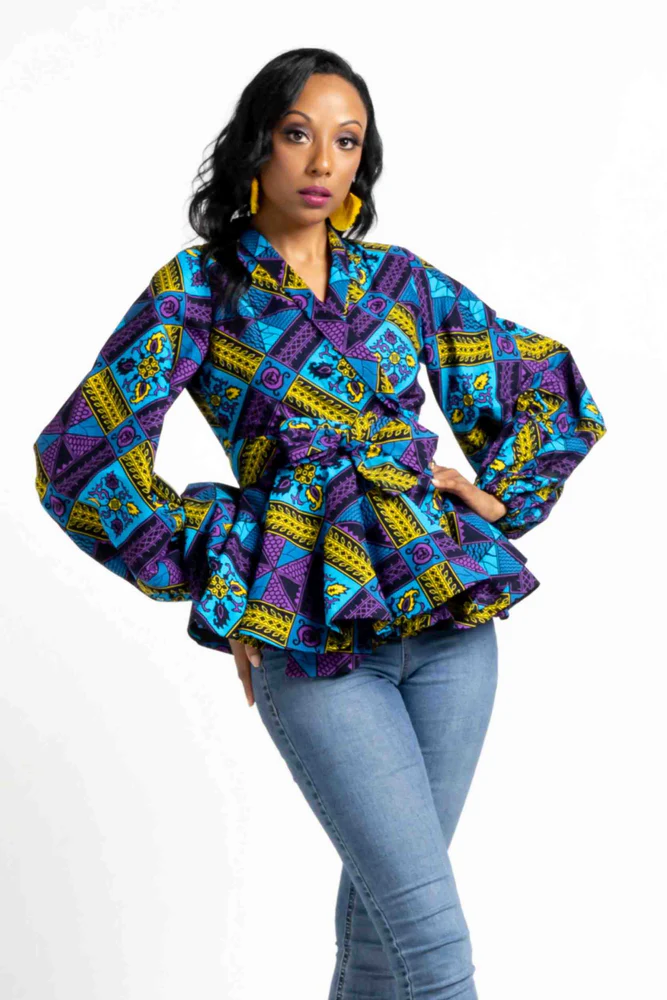
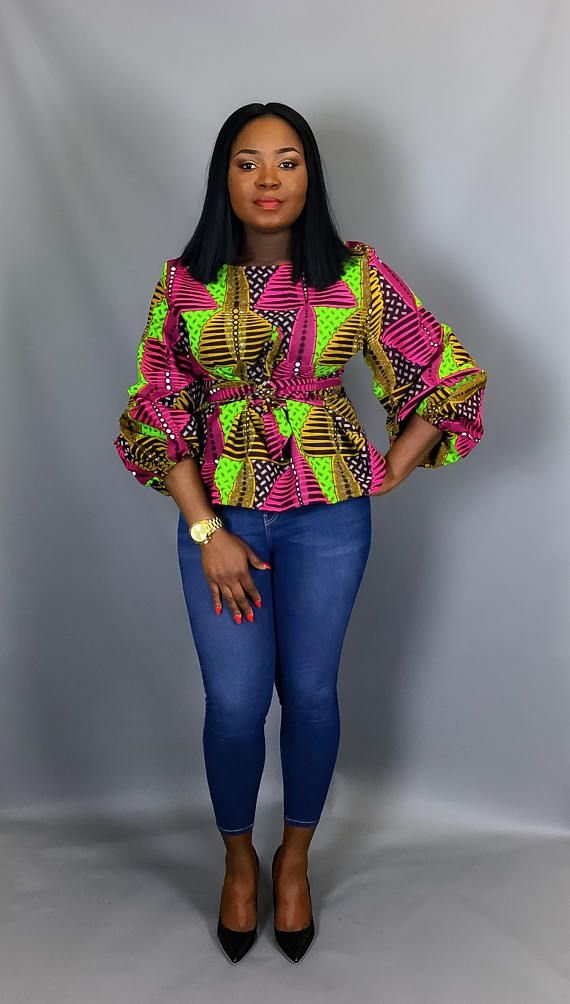
In the past, African prints were primarily used to make outfits such as kaba and slit, long gowns, or straight-cut dresses designed for weddings, church services, and festivals.
However, with evolving tastes and increasing global influence, fashion designers are now reinterpreting these traditional garments into versatile pieces that cater for the modern lifestyle.
Today, it is common to see stylish women pairing printed blouses with jeans, wide-legged trousers, or even tailored shorts effortlessly blending heritage with modernity.
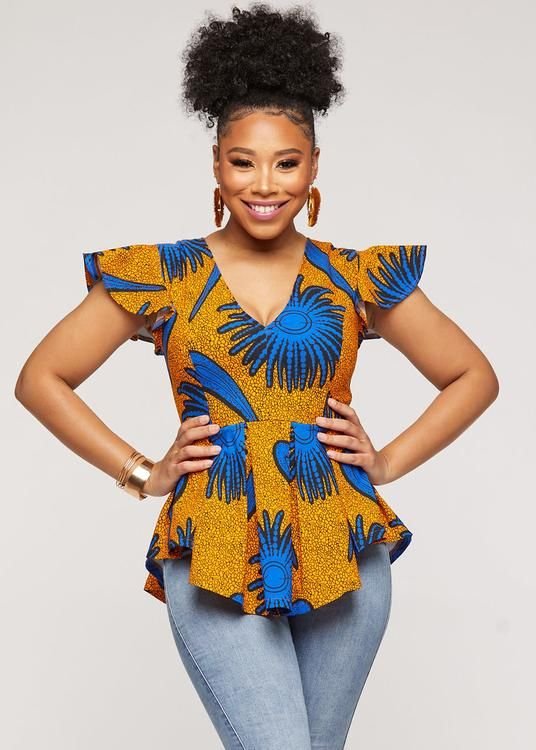
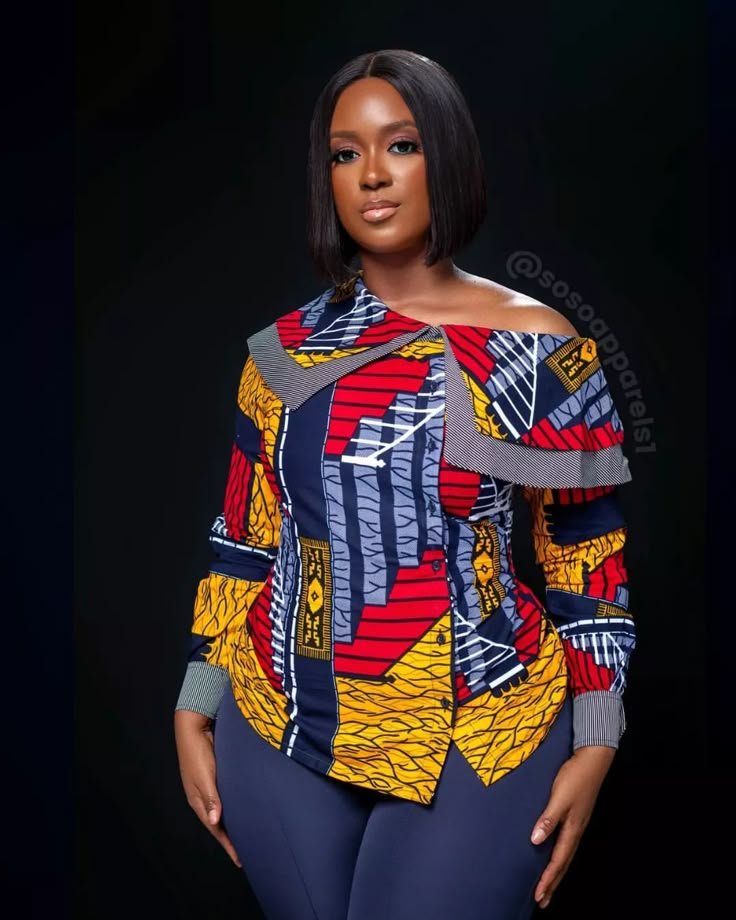
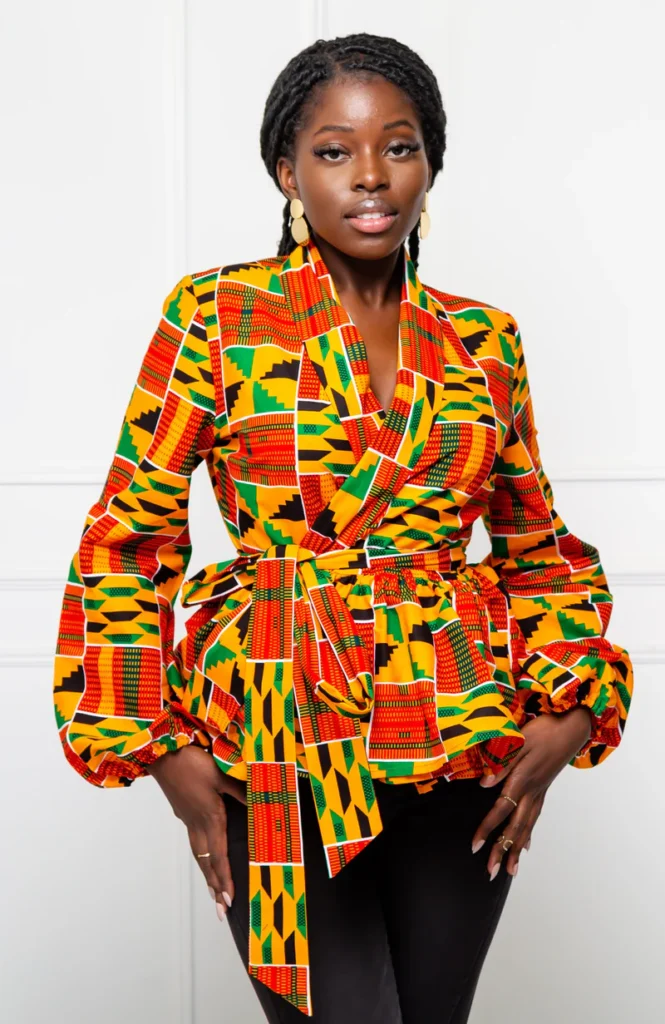
This style evolution has not only refreshed wardrobes but also challenged outdated notions of what African prints can represent in fashion.
This revival has been boosted by prominent African models such as Adut Akech, Mayowa Nicholas, and Maria Borges, who have graced international runways and fashion campaigns dressed in stunning African prints.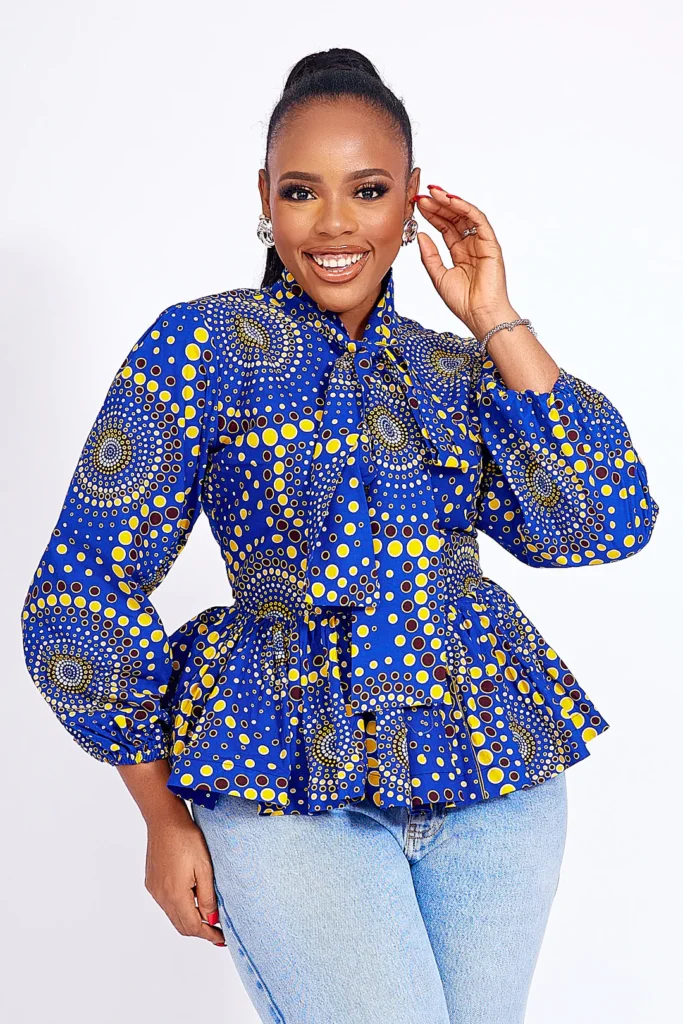
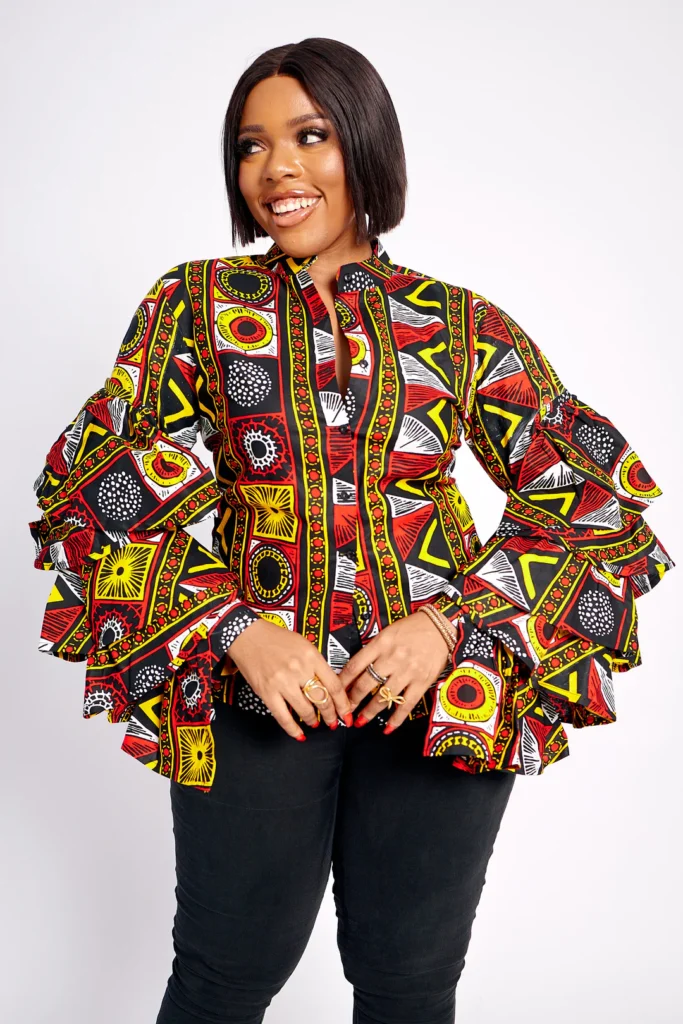
A popular style seen among designers today involves crafting a V-neck, three-quarter-sleeve blouse with a fitted waist and flared peplum made from Ankara. The design is often elevated with subtle ruffles at the hem or bead detailing along the neckline.
By Georgina Boadiwaa Ntim
Fashion
A Symbolic Islamic art form celebrating culture, beauty, and spirituality
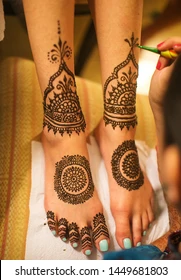
In many Muslim communities across the world, celebrations are not complete without the graceful adornment of stylish art ‘Lele’.
Most commonly associated with detailed henna designs applied to the hands and feet, Lele represents more than decoration; it is a sacred expression of identity, beauty, and belief.
Traditionally, it is most prominently showcased during festive occasions such as Eid celebrations, weddings, and naming ceremonies, where women and girls alike embrace the tradition to mark moments of joy, transition, and spirituality.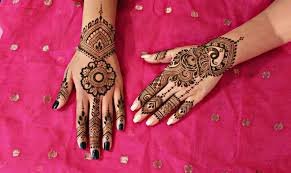
While Lele is often admired for its visual appeal, its significance runs much deeper.
The designs are constructed around Islamic artistic principles, repetitive patterns, calligraphy, and geometric arrangements.
These motifs are not merely decorative; they are symbolic. Patterns may represent eternal life, divine wisdom, interconnectedness, and the infinite nature of Allah.
Some designs include verses from the Qur’an or scriptural allusions, transforming the wearer’s body into a living canvas of spiritual meaning.
Women who wear Lele do so with pride, not just as an enhancement of physical beauty, but as a reflection of their cultural roots and inner faith.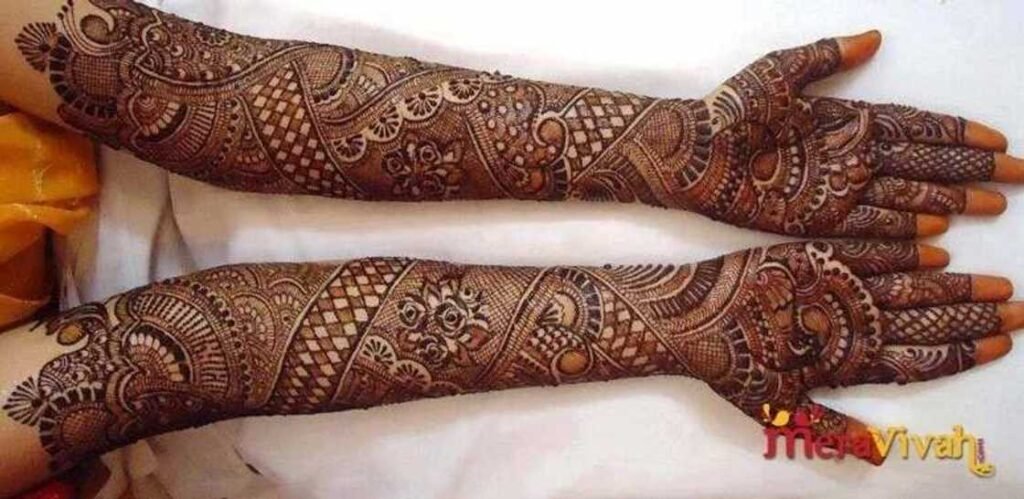
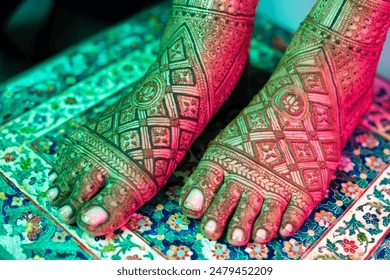
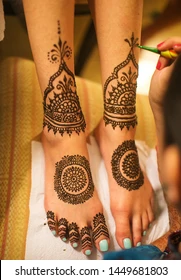

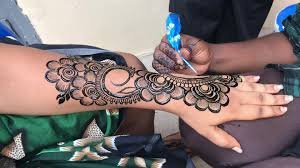
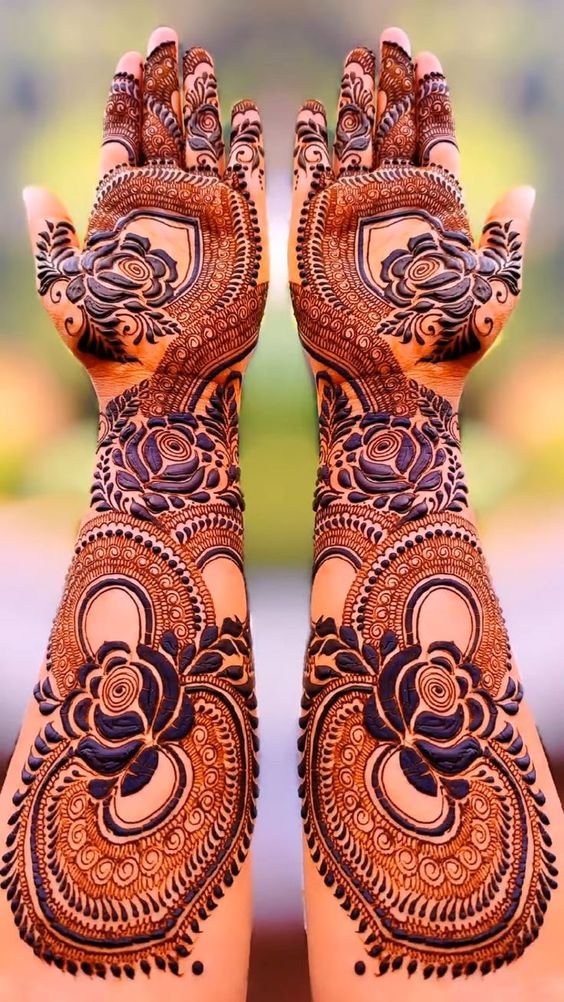
From mothers to young daughters, the practice is passed down like a treasured legacy.
Despite the growing popularity of modern body art, Lele retains its unique cultural importance. It is not just a beauty trend, but a continuing practice that speaks to generations of tradition.
By Georgina Boadiwaa Ntim

